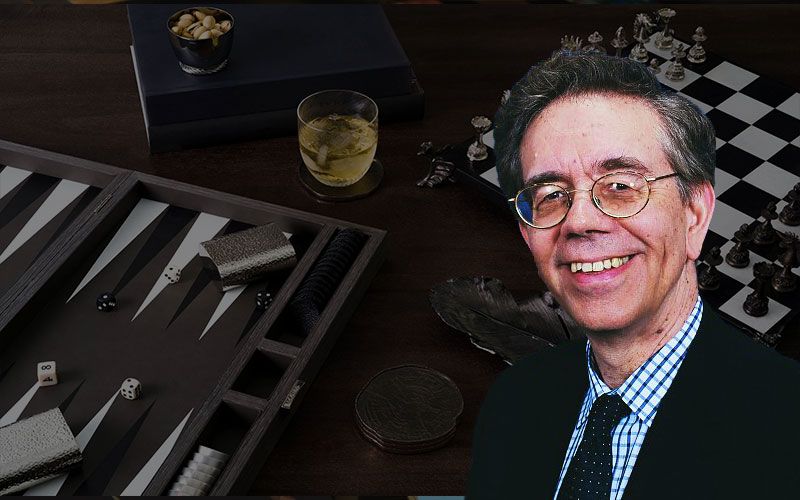
Loading board
This problem isn’t difficult, but it contains some interesting points. The right play is just 21/13. Remaking the midpoint creates a fluid, well-connected position that’s relatively easy to play compared to alternatives. Black has chances to make the 3-point, and some other rolls that make the bar-point. He gets some outfield coverage in case White’s next roll is 6-3 or 6-4. He blocks White’s best roll, 6-6, turning it from a game-changer into merely a good shot.
The great strength of 21/13, however, lies in what happens when Black’s next roll doesn’t do anything constructive. Because his back checker on the 24-point is free to move, Black can simply run from the 24-point with any roll that doesn’t actually make a new point, while preserving his good structure. With 5-4, for example, he can leave all his good points alone and just play 24/15. In addition, some of the rolls which leave his back checker partly blocked, like 6-1 and 5-2, make good blocking points instead.
(“Playability” is actually an important concept in middle game positions, but it’s a hard concept to put into practice because it requires mentally running through all possible rolls to see if there is any large group that plays awkwardly.) When we compare 21/13 to the main alternative, 24/21 13/8, we can see the difference pretty quickly. Black’s point-making rolls like 5-2, 6-2, and 2-1 are still fine. But what does Black do with something like 5-4? Presumably he’s going to play either 9/4 9/5 or 9/4 5/1*, but neither play inspires confidence. By making an anchor unnecessarily (White wasn’t threatening to block him in anytime soon) Black has tied up 42 pips of timing, and now he’ll need to throw some good shots to keep from tripping over himself.
Players often wonder why backgammon seems to be such a streaky game. “I can’t buy a roll! It’s been like this for weeks!” (Or months, or years …) I think one reason are positions like this, where a player in good form looks at the position for a few seconds, sees 24/21 13/8 and 21/13, sees that the structure after 21/13 looks good, and makes the play. A player in bad form never even sees 21/13 as a play. He rolls his dice, sees he can anchor, says to himself “That can’t be bad”, makes the play and picks up his dice. When we’re in bad form, we tend to see hits and point-makers, but we miss even the moderately subtle stuff. The long-run effect on our error rate is substantial.